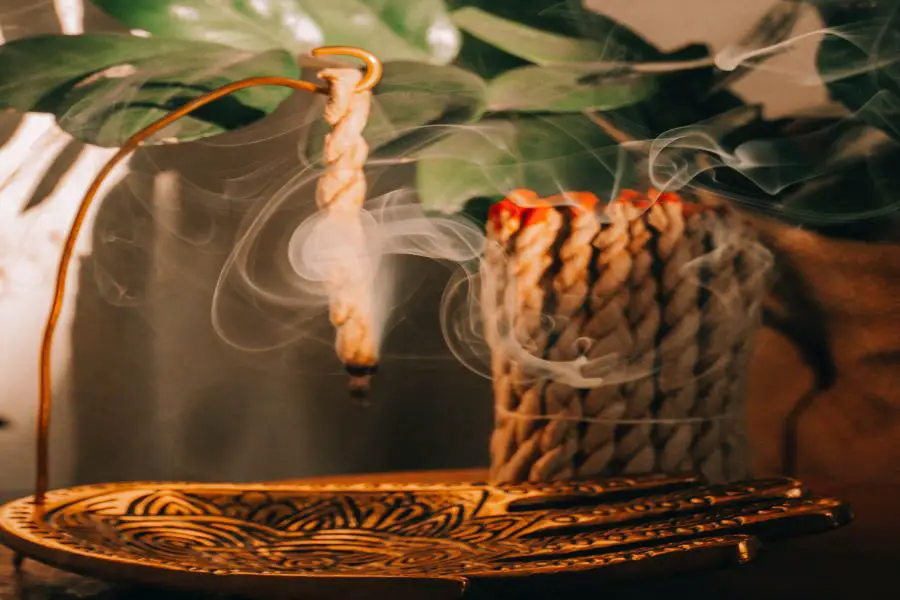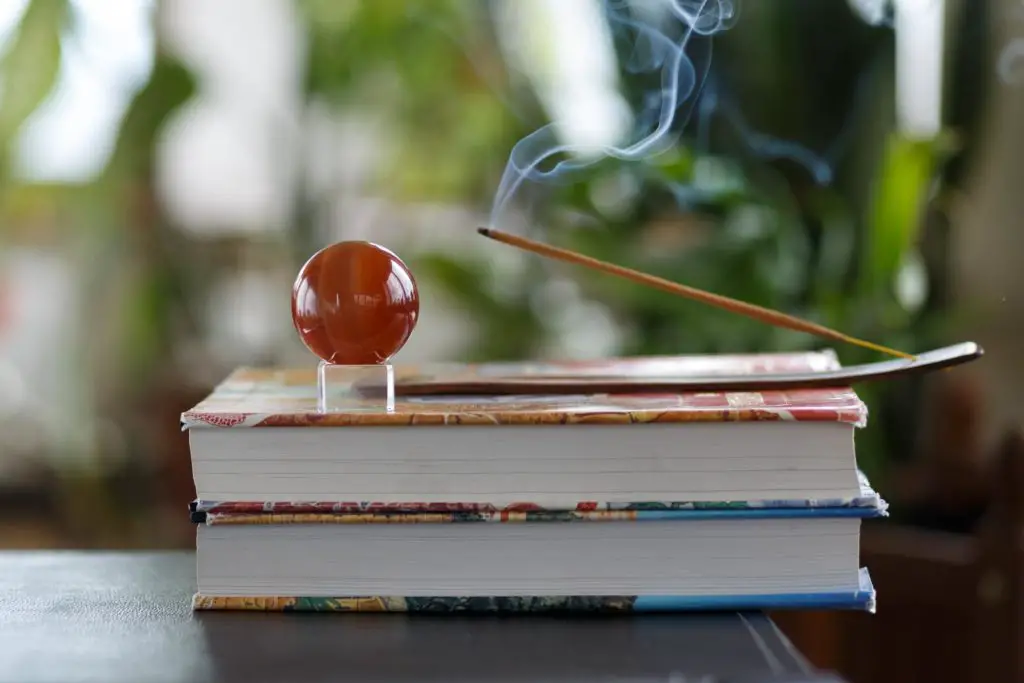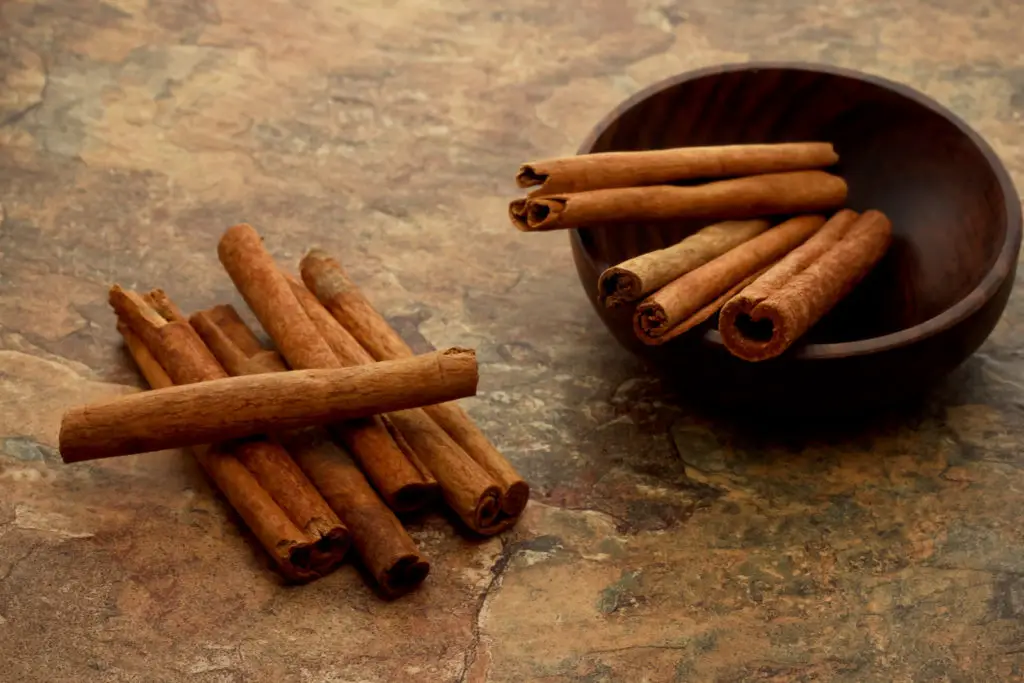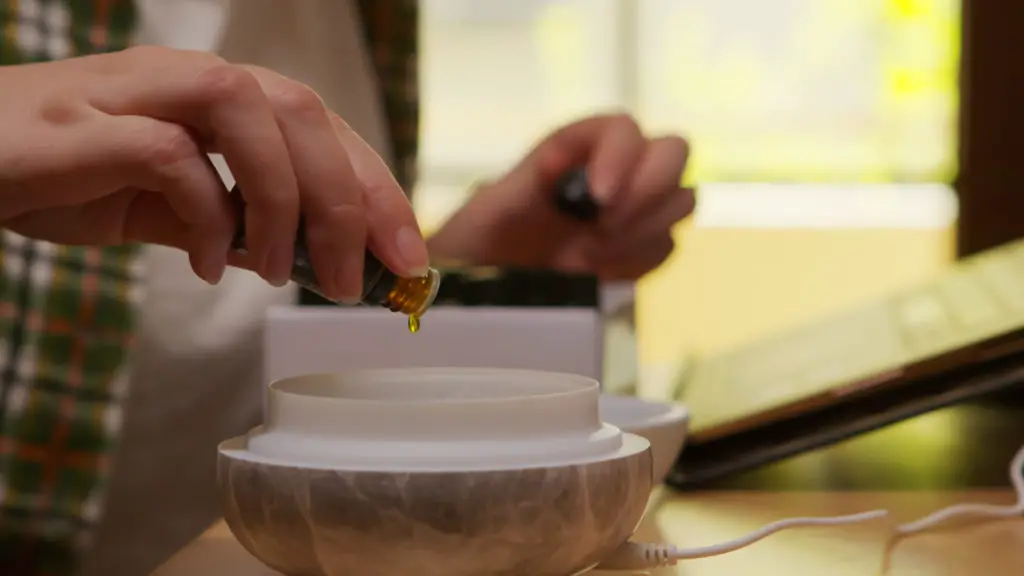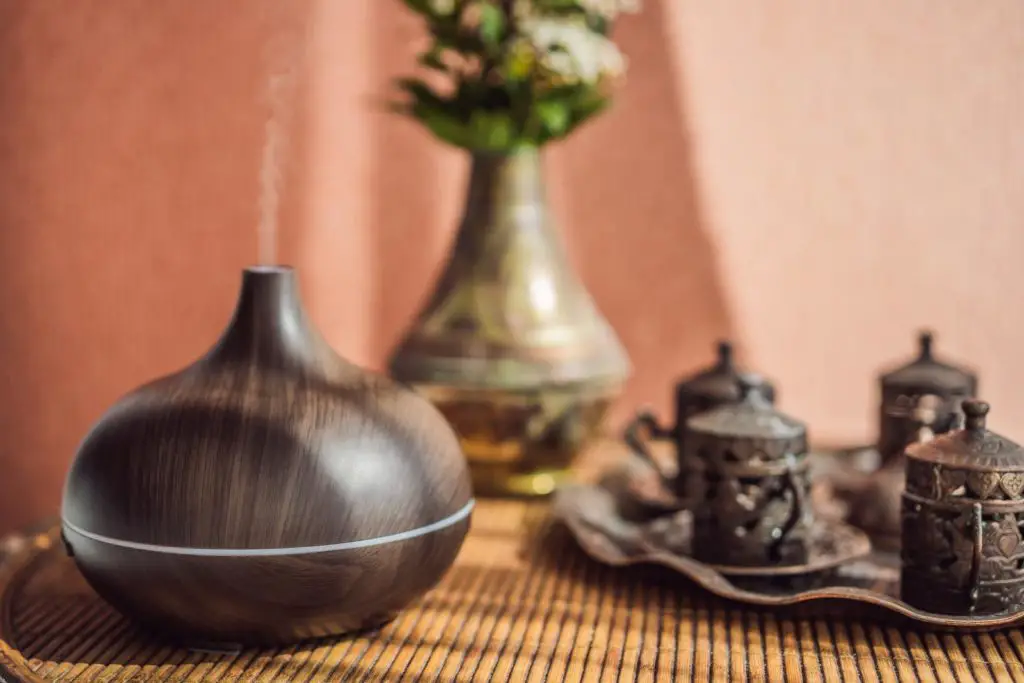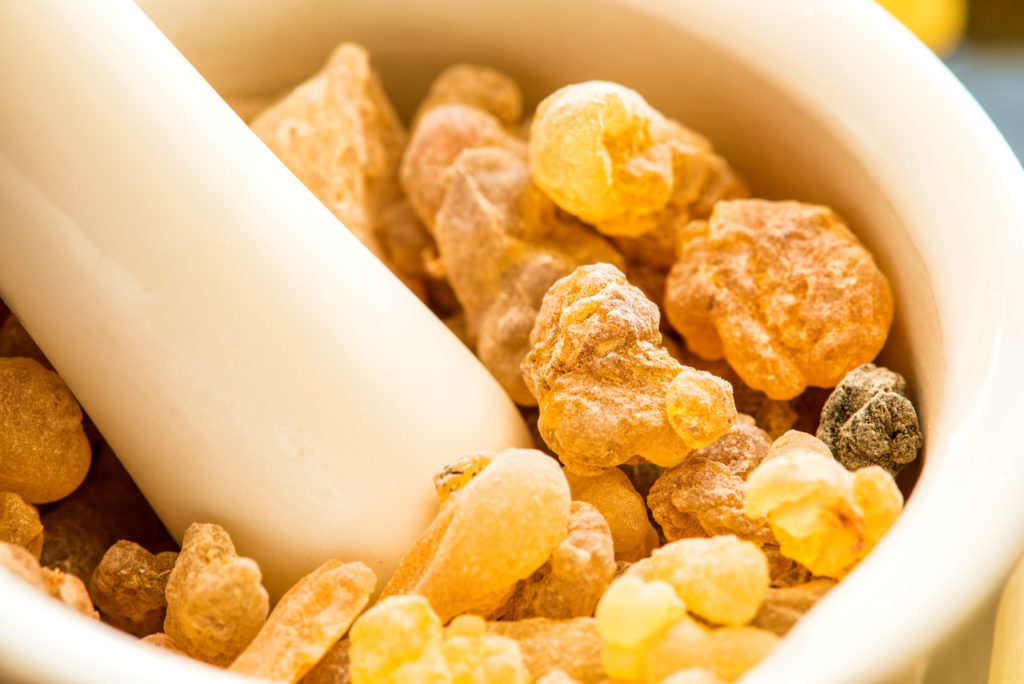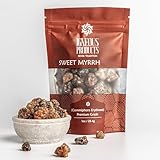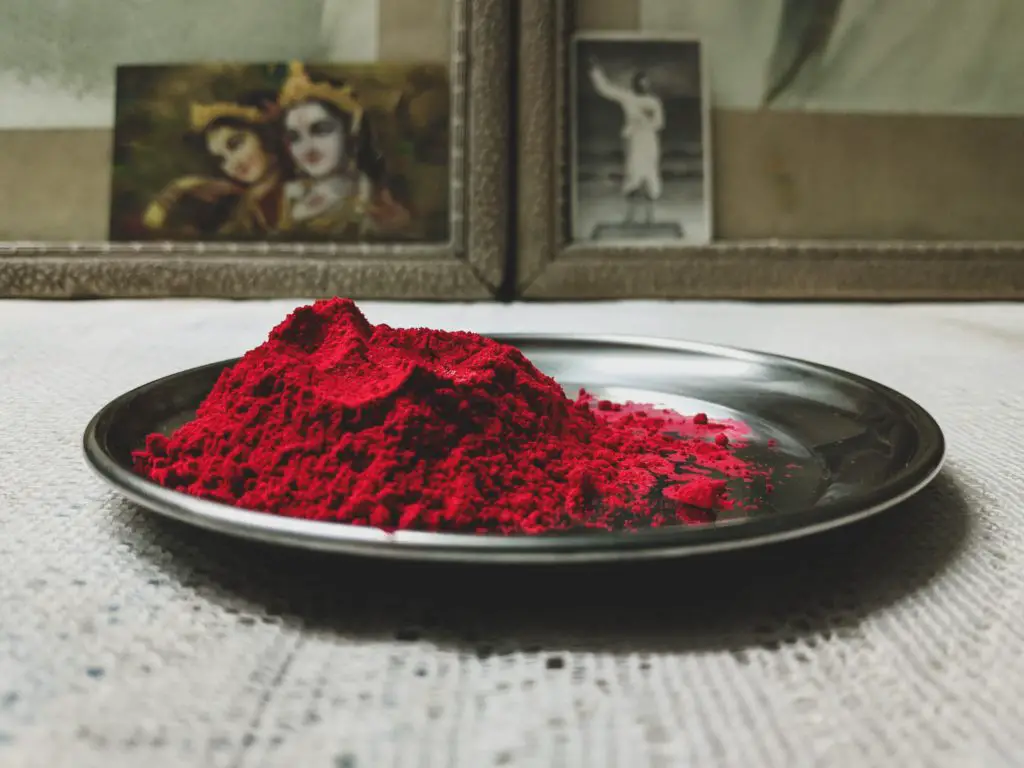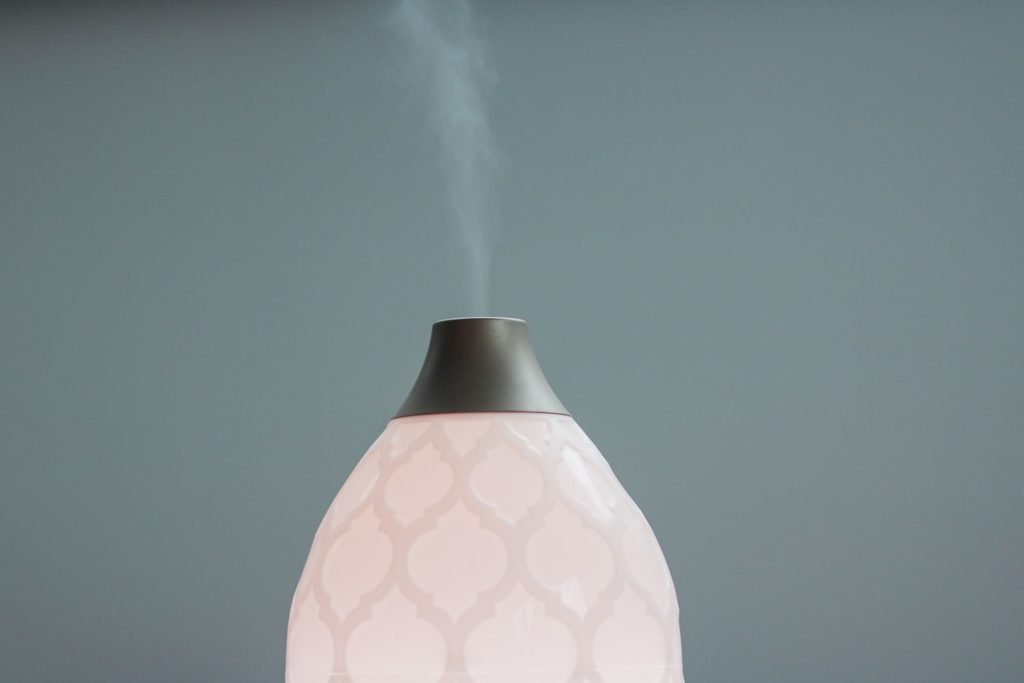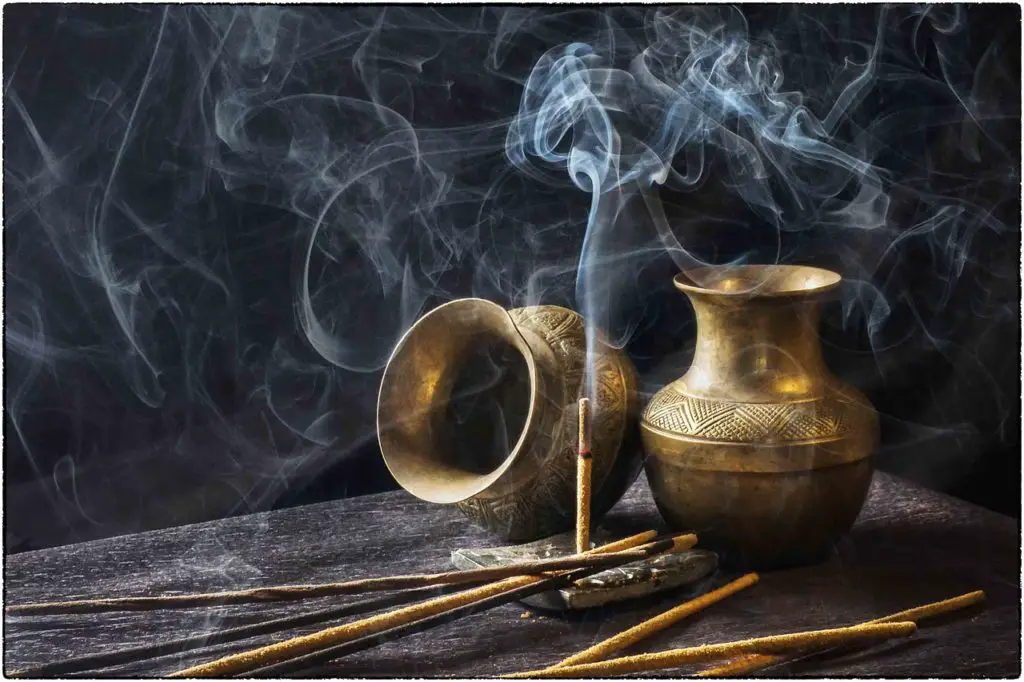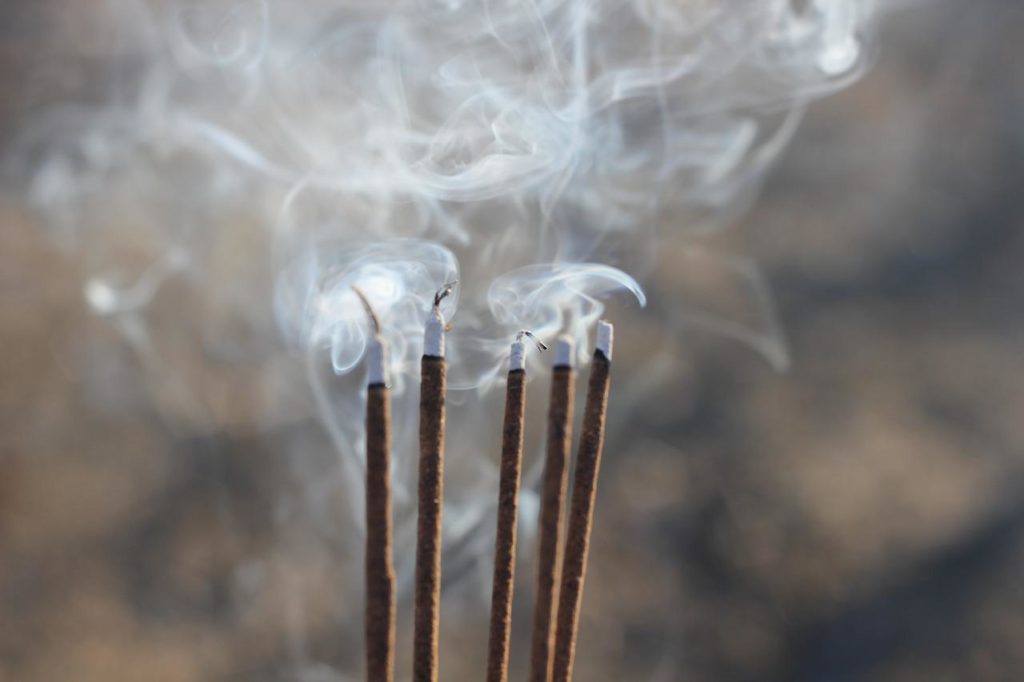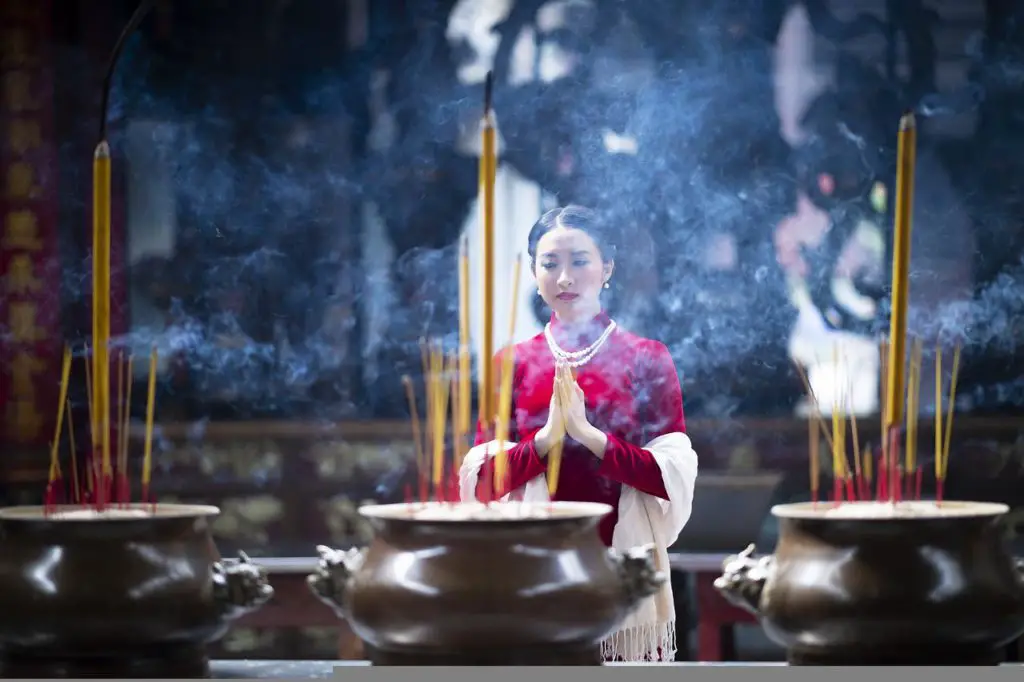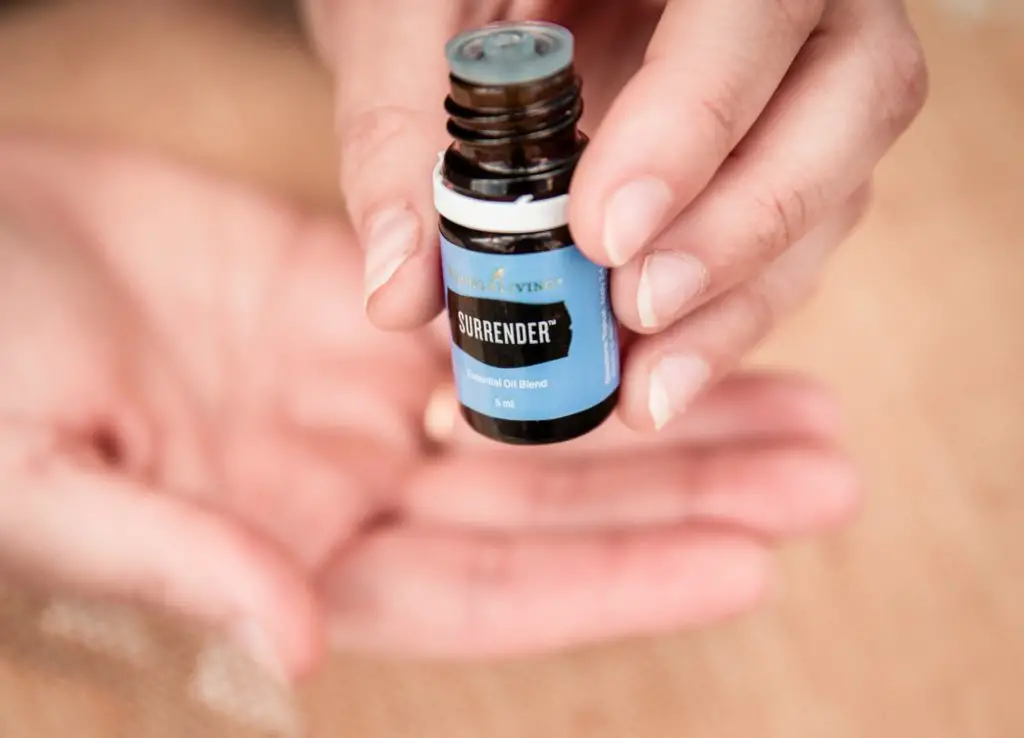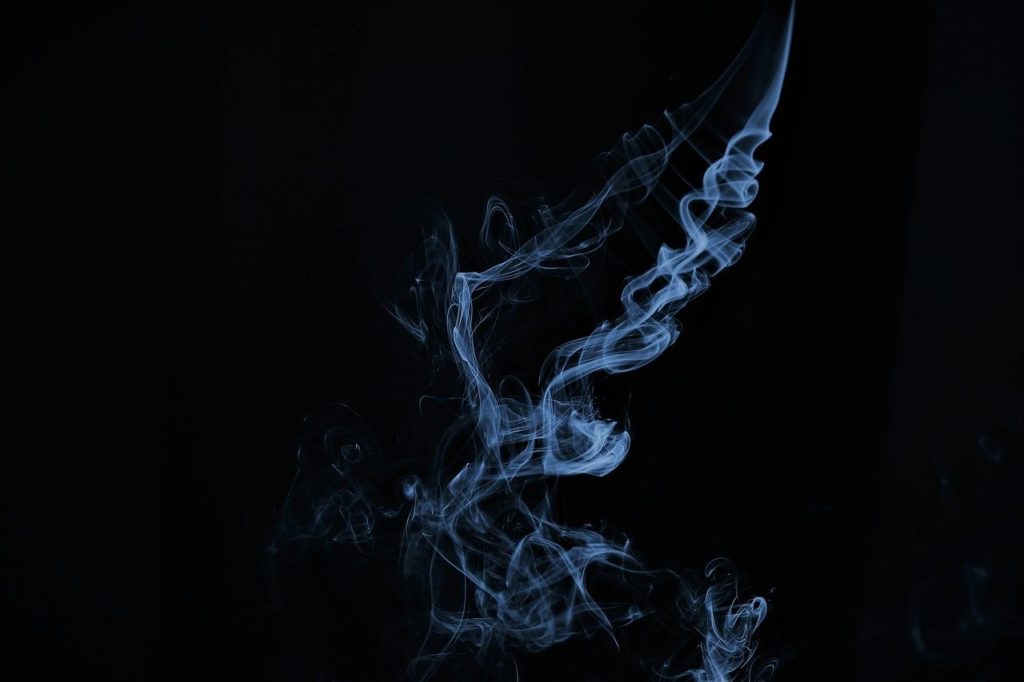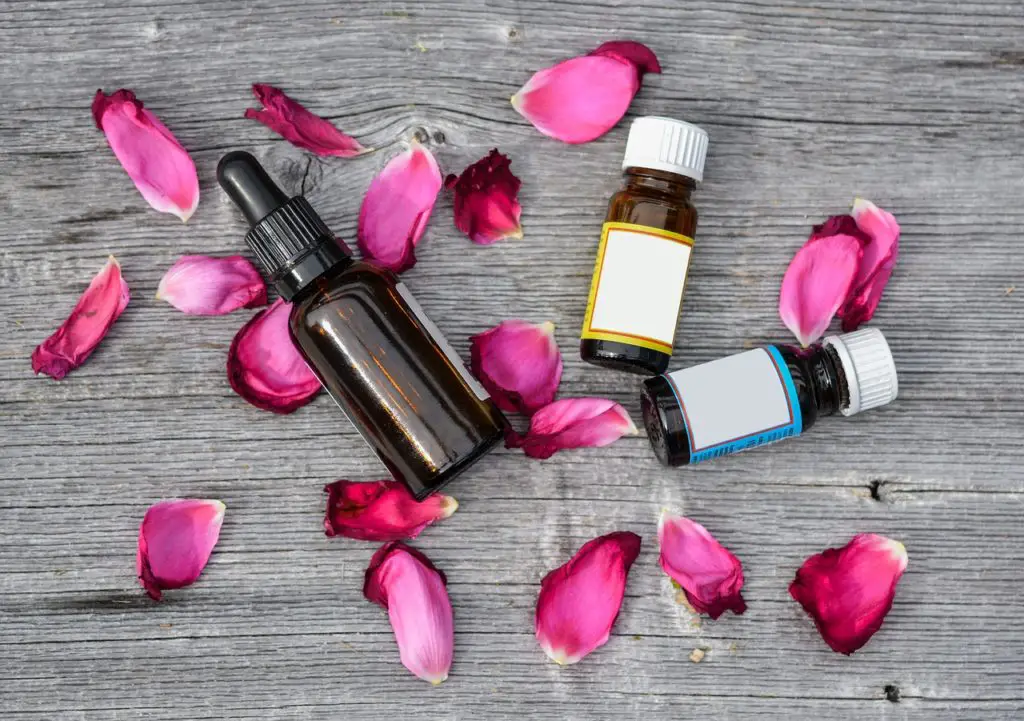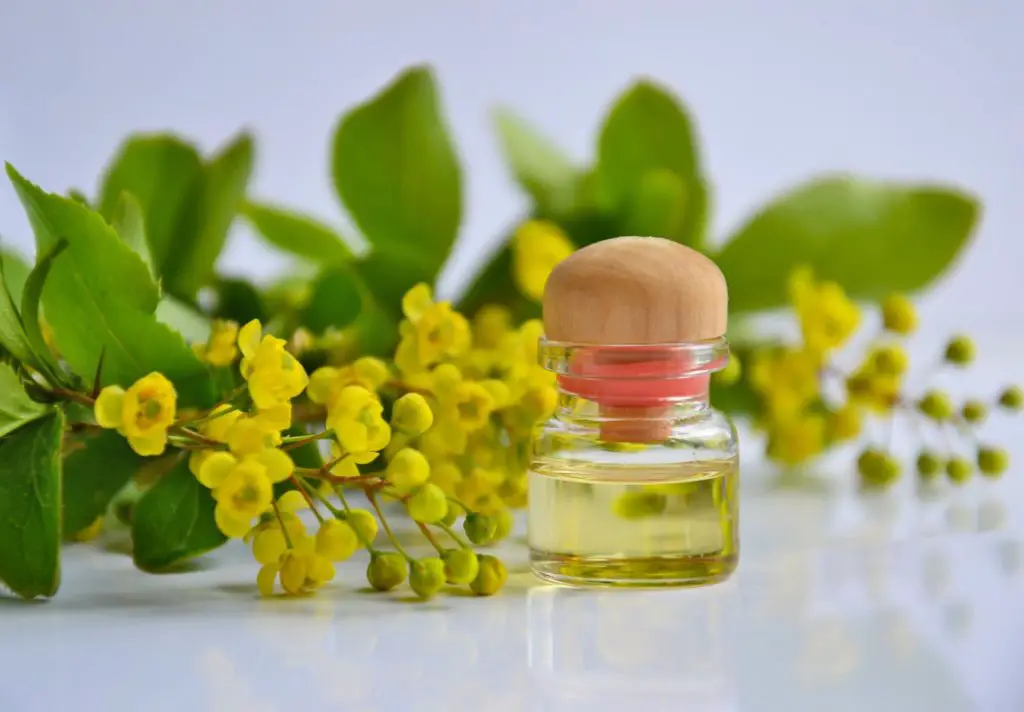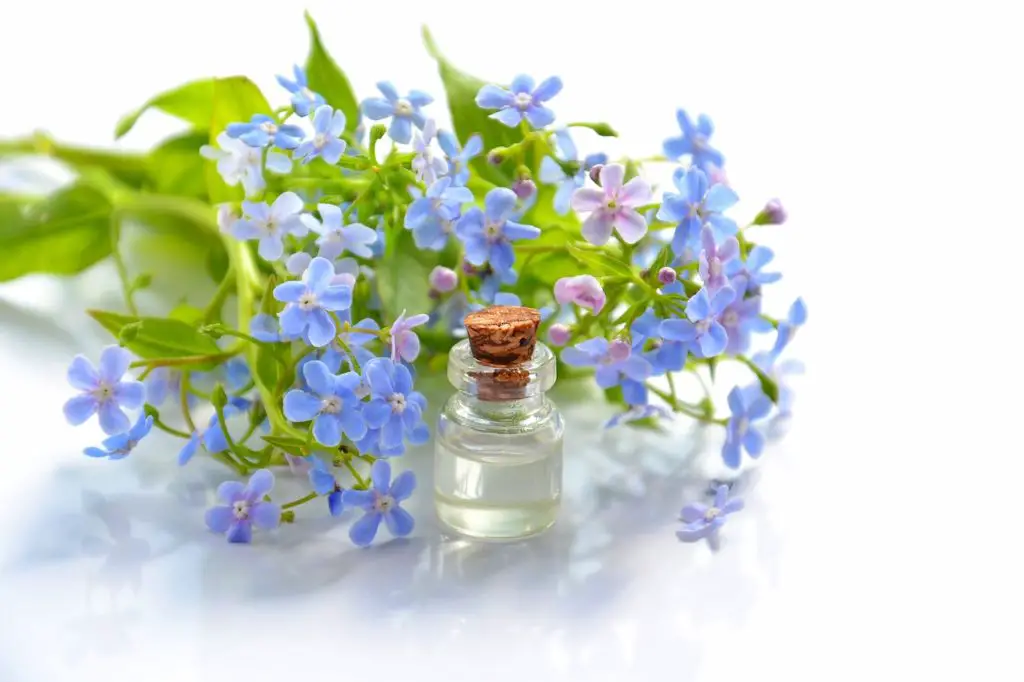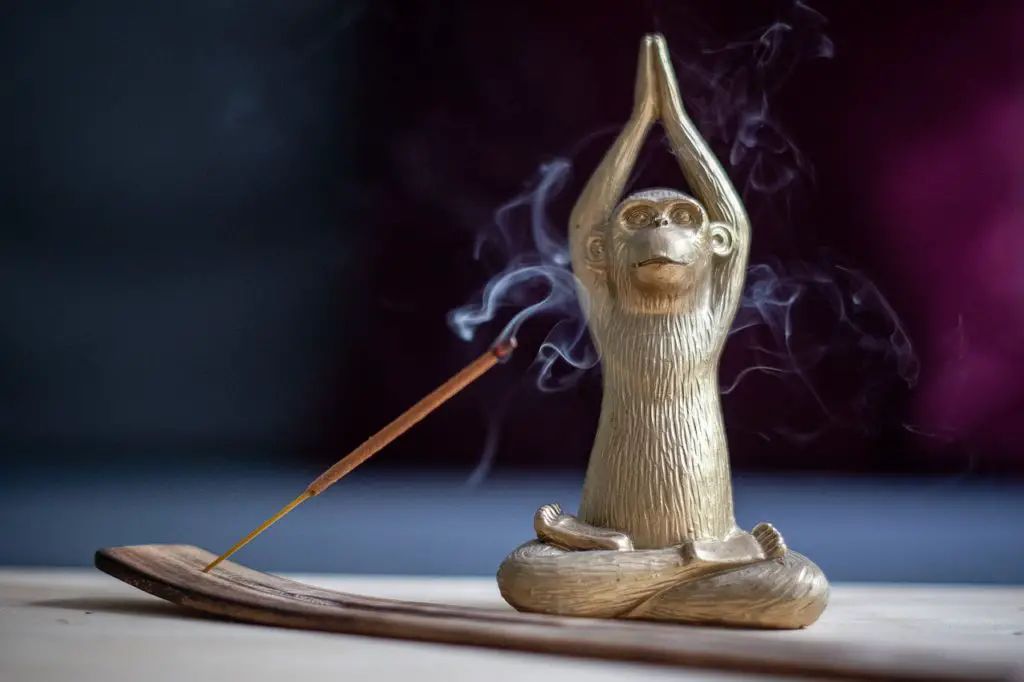Anyone who lives in or has camped in bear country knows that precautions are necessary.
Bears have an extremely good sense of smell. According to the National Institute of environmental health, Bears are thought to have the best sense of smell of any animal on earth. A bloodhound’s sense of smell is 300 times better than a human’s. To compare, a bear’s sense of smell is 7 times better than a bloodhound’s and 2100 times better than a human’s!
The best way to prevent attracting bears is to understand what smells to avoid. This is where we get into essential oils. Can essential oils attract bears?
The fact is, bears are normally shy creatures who try to avoid humans and only act aggressively when they feel threatened. The best way to avoid a bear encounter is to make sure you aren’t doing anything to attract them in the first place. This way you’ll never find yourself between a bear and its cubs or food… or worst-case scenario, making them think you’re food!
After all, essential oils are used specifically to produce concentrated smells. You want to make sure that you are not inadvertently attracting bears to your home or campsite if you are using them.
What smells are bears attracted to?
Bottom line is that bears are attracted to almost anything that smells. From garbage, empty beverage cans and dirty diapers to perfumes, sweets, fruit and toothpaste. They are not very discerning, but they are extremely inquisitive. If a bear smells something different in its environment, it may want tocome and check it out.
Some of the smells that bears seem to be the most attracted to (but are not limited to) are the following:
- Bacon (who can blame them!)
- Sweets
- Fruits
- Grease
- Licorice
- Vanilla
- Fish
- Raw Meats
- Peanut Butter
- Fermented Food
- Onions and Garlic
- Popcorn
- Cheese
- Coffee
- Pet Food
- Toothpaste
- Fragranced cosmetics, detergents, lotions, sunscreen, essential oils
Can Essential Oils Attract Bears?
The short answer is yes, essential oils can attract bears.
If you are camping in bear country, most campsites will provide you with a checklist of things to do and not to do to minimize the chances of attracting bears. That list commonly includes information on how to store food, how to clean up and dispose of garbage after eating, comments about never having food or cosmetics in your tent, etc.
If you are just going camping, it’s probably best to leave the essential oils at home. You will survive a weekend without your essential oils, I promise!
But if you actually live in bear country, you probably already know that you don’t put your garbage out the night before to be picked up the next morning or leave the dog food outside, and you know enough to have a bear-proof compost container.
But what if you want to relax out on your screened-in porch in the evening and enjoy a cup of tea with your essential oil diffuser? Are you unwittingly attracting bears?
Given the fact that bears like almost everything that smells pungent, essential oils can most definitely attract bears. Essential oil wafting out from your house, campsite or from you is in effect telling bears that there is an abundance of whatever scent is present.
If it’s a scent they find particularly intriguing — which is most of them — you are essentially ringing a dinner bell.
Though there are some scents that bears don’t like (we will get to those in a minute), any essential oils that smell sweet, fruity, flowery, minty, and like vanilla or licorice could attract bears. These are among the scents they find most appealing.
Do any smells deter bears?
Now among the smells that deter bears, like bleach, ammonia, and cider vinegar, pine oil or anything pine-scented can also help as a bear deterrent. It doesn’t necessarily have to be essential pine oil.
Bears don’t like the smell of anything that has a pine scent, like a pine cleaner.
DO NOT mix any of the above ingredients in an attempt to make a super-strong bear repellent! Mixing ammonia and bleach will produce fumes so toxic that they can kill you.
How to make and use a bear deterrent
Mix 6 to 8 drops of essential pine oil to every cup of water.
A mix of 1 cup water and 1 cup Pinesol in a spray bottle will also do the trick. Just make sure that if you are using a pine cleaner, it does not also have a lemony or “fresh” scent added, otherwise it may actually attract bears.
At home, spray the prepared pine oil solution inside your garbage container, around your composter and porch areas. Not only does it smell nice and bears don’t like it, it can also be used as a weed killer. Just be careful not to spray plants.
If you are going camping, you can spray your pine solution on a cloth and tie it on your backpack. Take another cloth with the pine solution and place it near your food storage area (use the cloth – do not spray it around food!). You can also spray the solution around your campsite area.
Important note: Just because you made a ‘bear deterrent’ does not mean you can have food in your tent or burn essential oils to your heart’s content. The pine solution is meant as an extra precaution, not as an alternative.
Bears may not like the scent of pine, but if you have something that smells even stronger (or better) than your pine solution, the bear’s keen sense of smell will pick it up and he may come looking for it, despite your pine deterrent.
Just a note on bear pepper spray: although bear spray is a great tool to have in case of emergency, it’s not the scent that deters bears – it’s spraying it in their face. Hopefully, you never have to be that close to a bear to have to use it.
Bear pepper spray should not be used to try to keep bears away from a campsite by spraying around the area. The scent, if it’s left to dry, may actually attract bears.
Take Away
If you are camping in a campground, follow the ‘bear country’ guidelines. If you are camping in the middle of nowhere in the woods, keep all food and toiletries in sealed containers and away from your tent. With the possible exception of pine oil, leave the rest of the essential oils at home.
If you live in bear country, the smell of essential oils wafting from your house could attract bears. Avoid any essential oils that have a sweet, fruity, flowery, minty, vanilla, or licorice smell.
Being bear-smart and avoiding the things that attract bears in the first place is the best way to avoid encounters.
See also:

